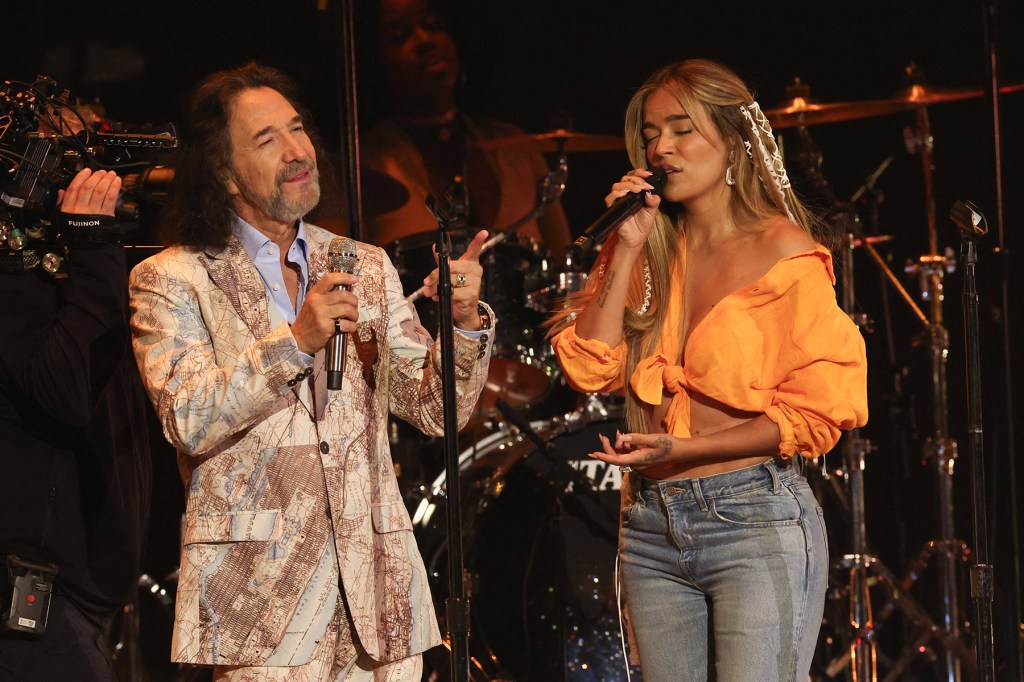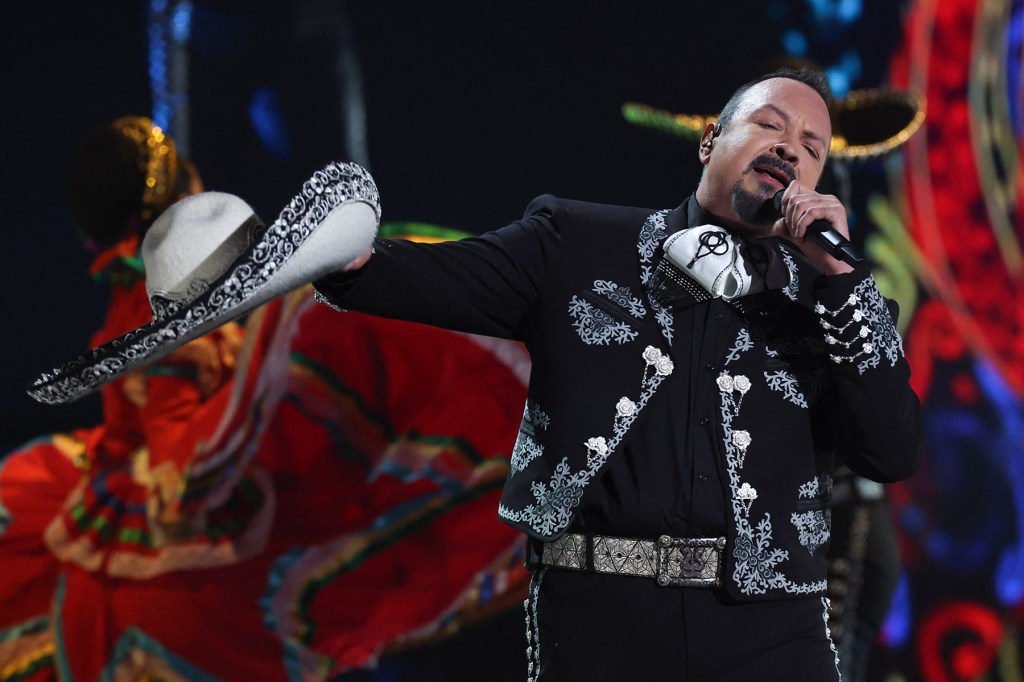genre latin
Page: 7
Trending on Billboard DannyLux, Kakalo and Iván Cornejo, three young voices in Mexican music, delivered one of the most heartfelt performances on Thursday (Nov. 13) during the 2025 Latin Grammy Awards ceremony. On a stage decorated solely with blue and white lights, showcasing the most contemporary sounds of the genre, the three artists — who […]
By providing your information, you agree to our Terms of Use and our Privacy Policy.
We use vendors that may also process your information to help provide our services. // This site is protected by reCAPTCHA Enterprise and the Google Privacy Policy and Terms of Service apply.
Trending on Billboard
Karol G and Marco Antonio Solís joined forces on Thursday night (Nov. 13) at the 2025 Latin Grammy Awards to deliver a heartfelt performance of “Coleccionando Heridas.” The Mexican legend and Colombian superstar brought two generations and styles together in a showcase that felt understated yet charming.
Midway through the song, the duo danced, adding a touch of warmth and camaraderie to the stage. Karol kept her look casual yet alluring, styled with jeans, a peach-pink top, and sporting braids adorned with decorative laces, embodying a relaxed persona. Meanwhile, Solís, with a flamboyant flair, contrasted Karol’s simplicity with a bold yellow suit. His silky vocals, paired with Karol’s unique tone, elevated the gentle melody, as they sang the main hook: “Yo seguiré coleccionando heridas.” The duet stood out as a memorable, sweet moment in the broadcast backed by a live ensemble.
The 26th annual Latin Grammy Awards can be seen on Univision, UNIMÁS and ViX. The ceremony features performances from Carlos Santana, Christian Nodal, DannyLux, Rauw Alejandro, Aitana, Fuerza Regida and more.
Bad Bunny leads the nominations this year, topping the list with 12 nods, including album of the year for Debí Tirar Más Fotos and double mentions in the record of the year and song of the year categories for “Baile Inolvidable” and “DTMF.” Hot on his heels are Mexican-American producer-songwriter Edgar Barrera and Argentine duo CA7RIEL & Paco Amoroso, each earning 10 nominations.
This year’s ceremony boasts 60 categories honoring the very best in Latin music. Fans can follow along with all the night’s winners as the list updates live — click here to see who takes home a trophy.
Check out more Latin Grammy coverage, including performance highlights, special award moments, and exclusive behind-the-scenes action on Billboard.com.
Trending on Billboard Pepe Aguilar, a Mexican artist who can traverse many genres – from traditional ranchera to progressive pop — went for tradition in his 2025 Latin Grammys performance. Singing with the backing of a 16-piece mariachi, Aguilar belted “El Cihualteco” and “El Fuereño,” from his album Mi Suerte Es Ser Mexicano, nominated for […]
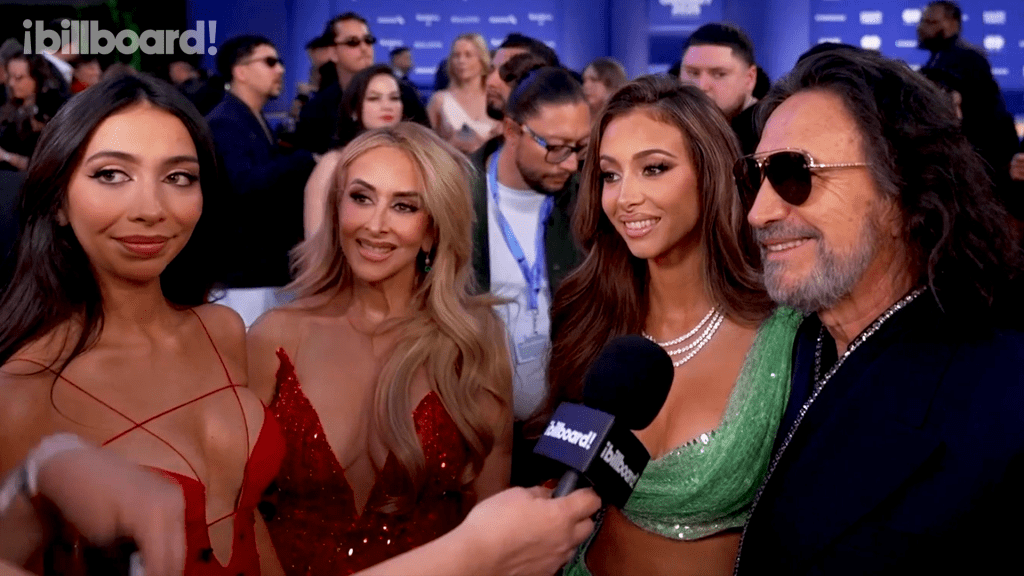
By providing your information, you agree to our Terms of Use and our Privacy Policy.
We use vendors that may also process your information to help provide our services. // This site is protected by reCAPTCHA Enterprise and the Google Privacy Policy and Terms of Service apply.
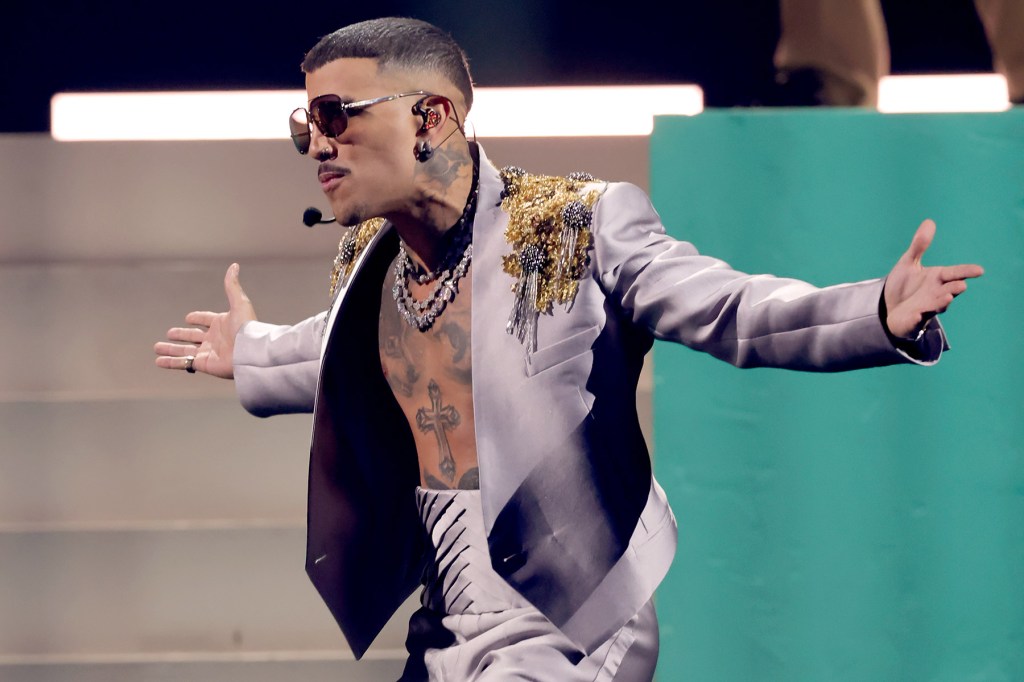
Trending on Billboard Rauw Alejandro proved why he remains one of Latin music’s most dynamic performers on Thursday (Nov. 13) night at the 26th annual Latin Grammy Awards. Taking the stage with his smooth vocals and jaw-dropping choreography, the Puerto RIcan superstar delivered a medley that showcased his ability to effortlessly transition between genres, from tropical […]
By providing your information, you agree to our Terms of Use and our Privacy Policy.
We use vendors that may also process your information to help provide our services. // This site is protected by reCAPTCHA Enterprise and the Google Privacy Policy and Terms of Service apply.
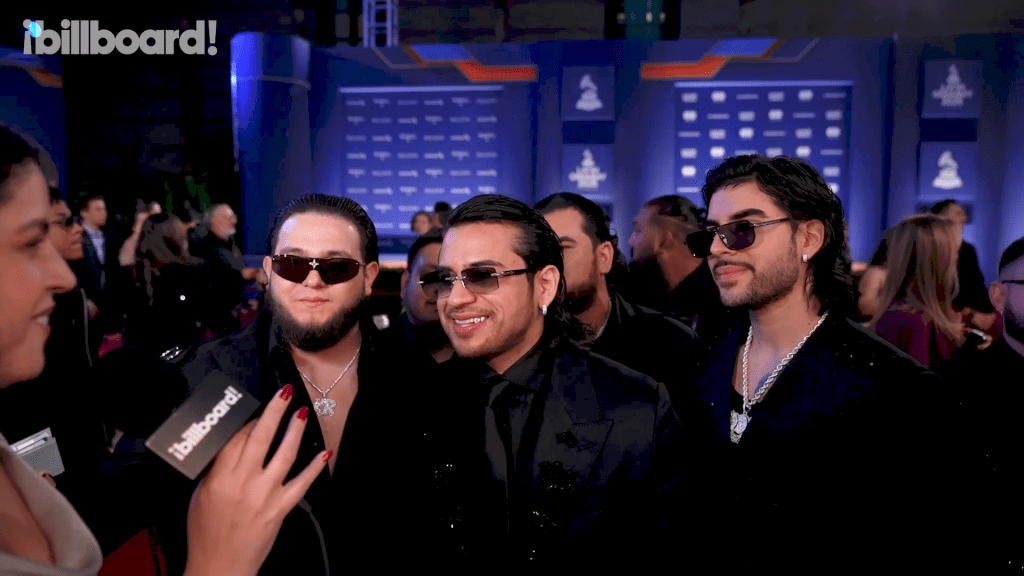
By providing your information, you agree to our Terms of Use and our Privacy Policy.
We use vendors that may also process your information to help provide our services. // This site is protected by reCAPTCHA Enterprise and the Google Privacy Policy and Terms of Service apply.
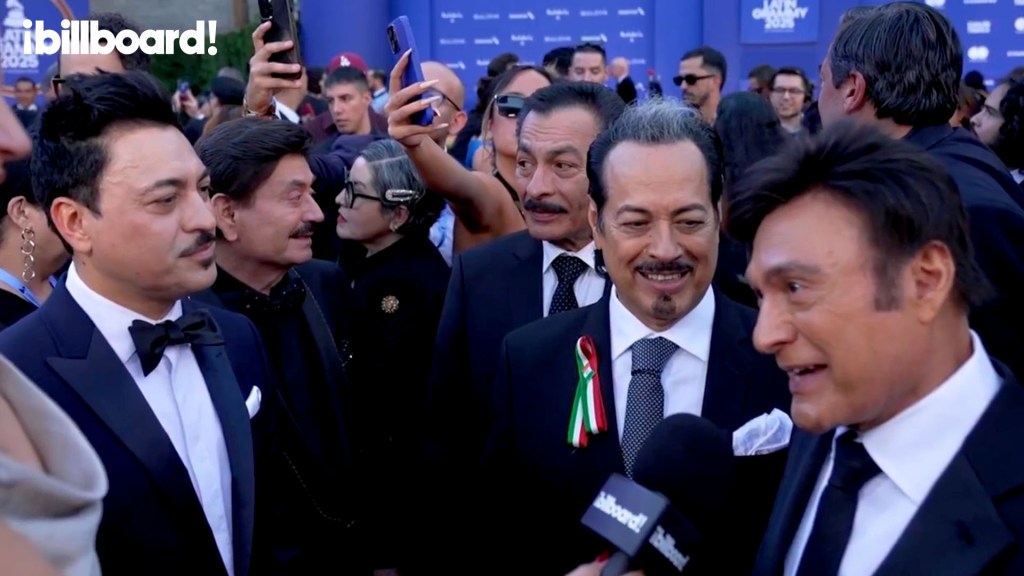
By providing your information, you agree to our Terms of Use and our Privacy Policy.
We use vendors that may also process your information to help provide our services. // This site is protected by reCAPTCHA Enterprise and the Google Privacy Policy and Terms of Service apply.
By providing your information, you agree to our Terms of Use and our Privacy Policy.
We use vendors that may also process your information to help provide our services. // This site is protected by reCAPTCHA Enterprise and the Google Privacy Policy and Terms of Service apply.

 State Champ Radio
State Champ Radio 

